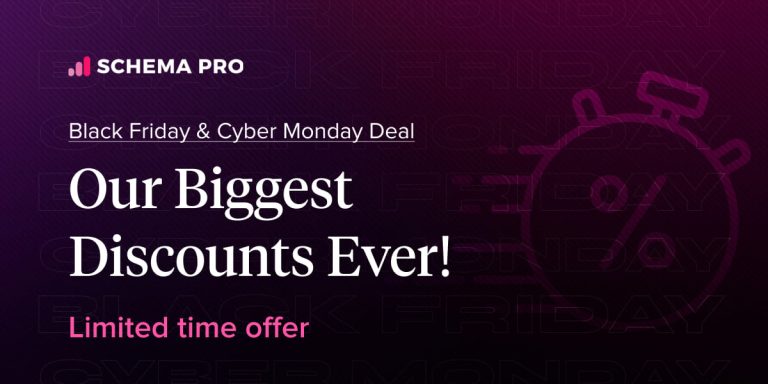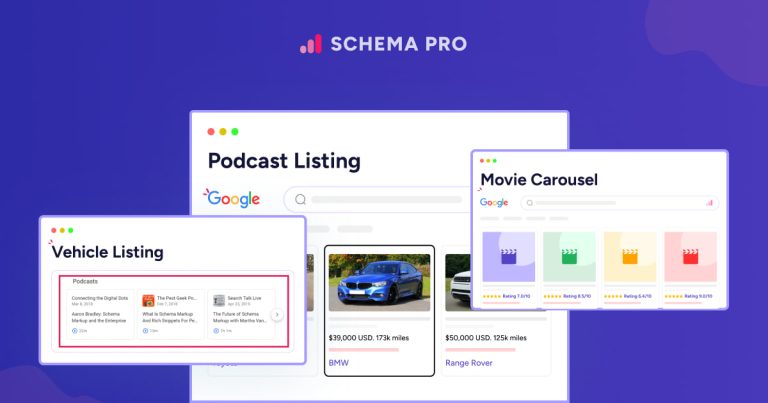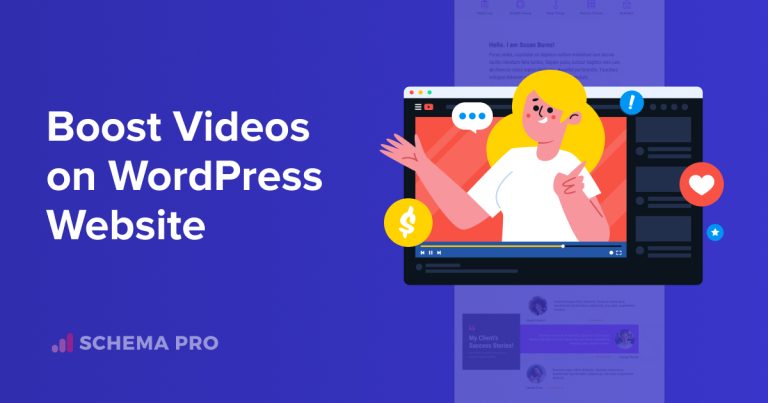Utilizing SEO to its fullest potential is crucial for promoting any website. In today’s digital world, achieving a top position in internet search results is crucial.
This holds true even for the education sector, where SEO can effectively draw in fresh students and boost your online visibility as a higher education institution.
University representatives need to know how to properly set up SEO optimization and create a strategy to attract new students through the internet.
There are a large number of different rules and approaches that you can apply in your marketing campaign, but we will highlight the most effective of them here.
SEO for higher education websites
The external attractiveness of the website and the content is only the first step to attracting applicants.
Unfortunately, it won’t bring results if no one sees the website. Search engine optimization can help with that.
The main goal of SEO for higher education institutions is to make your website attractive to search engines. Using WordPress LMS institutions can not only enhance their digital presence but also deliver high-quality educational experiences, attracting more learners and increasing engagement.
This helps bring your website to the top of the list and, as a result, get better conversions.
Search engine optimization can be divided into two types:
- Internal
- External
Internal optimization – Used to improve the website itself. For example, writing high-quality titles and descriptions, fixing technical errors, increasing the website’s speed and responsiveness.
Additionally, an AI writer can be employed to create engaging blog posts and articles that not only attract visitors but also keep them engaged with valuable content.
However, for high-quality, customized academic writing, you can securely pay for essay at EssayService that meets professional standards and ensures originality.
If you need assistance with creating compelling content and ensuring your website is in its best form, consider enlisting the help of a professional writing service or an SEO agency for higher education like Manaferra.
External optimization – Work to promote the website to the outside world. For example, guess posting, press releases, blogging and outreach. Anything that will attract backlinks to your website.
Students often share information about their universities, notes, and works on websites, including Studocu. This improves an institution’s visibility and potentially increases the volume of applicants.
Statistically, 70.4% of clicks come from the first five positions in Google search results.
For this reason, you need to take care of every component of your SEO strategy to hit the top spot.
Definition of keywords
One of the most important components of your marketing strategy is carefully selecting the right keywords and evenly placing them throughout the page.
We have prepared a short list of principles to help you correctly identify and use keywords to promote your website:
- Use 2-3-word keyword phrases that are as descriptive as possible about your content
- Include a mix of long and short keyword phrases. We all search for different things in different ways, covering both maximizes your chances of being ranked and found
- Use the language of the target audience. You’ll need to speak their language in order for them to find you.
- Use synonyms. You will never know exactly how the user will search for the material so cover as many bases as you can
- Mention common abbreviations and acronyms as well as the full terms
Keywords are a fundamental part of SEO for higher education. The more time you spend researching and refining, the better you should perform.
Use internal and external links
External and internal links are imperative to boost your website’s search engine ranking and increase organic traffic.
External links are hyperlinks that direct the visitor away from your website to other resources. They can be used to build authority, back up your use of stats and generally provide value to the reader.
Internal links are hyperlinks that navigate to pages within your website. This encompasses links in your menu and links to articles on your web pages.
Incorporating at least one internal link can augment the SEO optimization of your website because it makes it easier for search engines to find pages and crawl your site.
Below a couple of pointers to aid you in acquiring backlinks:
- Write quality content. People will naturally link to content they find valuable in some way. Whether that’s learning, entertaining, reference or something else.
- Help on Q and A websites. Q&A websites such as Quora can provide backlinks while also allowing you to share your expertise and provide value to readers.
You can also improve rankings with niche edits, which means placing your link inside existing, relevant articles on trusted websites. But make sure these sites are authoritative and trustworthy as their reputation directly reflects on your site too.
Local SEO
Local SEO is a tactic that enables you to attain a high search engine ranking for queries that explicitly mention a particular location or city.
Approximately half of all queries are local. In addition to options with a specific city, these also include phrases like “near me”, “here,” and others.
Use these tips to improve your website’s local SEO:
- Optimize your Google My Business profile
- Create local content
- Attract backlinks from other local educational institutions or businesses
- Reach out to local organizations and swap links
To dominate local search results, focus on identifying your key audience. Create local recognition for your institution and use relevant keywords so you appear in your region’s search rankings.
Mobile optimization for higher education website
Statistics show that 54.8% of Internet traffic comes from smartphones and tablets.
Without a coherent mobile version or optimization for mobile devices, any university website will look outdated.
Since most students and applicants tend to browse online using their smartphones, it is imperative to incorporate this aspect into your marketing strategy.
To assist you in efficiently optimizing the mobile version of your institution’s website:
- The simpler the design, the better. Minimalism is great for mobile devices as pages can load faster and enables your content to stand out.
- Increase loading speed wherever possible. People have very low boredom thresholds so the longer you keep them waiting, the less happy they will be with the experience. As recommended by Cyber news experts, choosing top web hosting services can significantly enhance loading speeds, ensuring a smoother mobile experience.
- Optimize the content. Make sure all posts and pages are readable and accessible on smaller screens.
Mobile is the future and over half of all activity is on small screens. It’s essential your education website works flawlessly on mobile, including aspects like slider speed that can impact loading times and user experience. Learn more about optimizing your website’s performance, including slider speed, for a seamless mobile experience.
Content marketing for higher education institutions
The success of any website largely depends on its content. In higher education, creating useful content is a top priority.
Students, applicants, and other members of the educational environment are interested in all kinds of content, such as:
- Research
- Entertaining stories and campuses
- Blog, guides and other resources
Quality as well as quantity is key to producing great content. It’s a good idea to always have the reader in mind and create engagement in everything you create.
Incorporating digital signage for schools into your content strategy can further amplify the reach and impact of your valuable educational content, providing a visually dynamic and localized communication channel for your audience.
Promotion of content through social media and email marketing
Social media is a powerful tool for drawing in traffic and acts as a platform to introduce your institution in a more casual setting.
Creating content on social media can provide you with several benefits, such as:
- Attracting new students
- Supporting the reputation of your institution
- Recruiting a base of loyal users who trust you
- Communicating with applicants and getting feedback from students
Maintaining social media is a rather demanding task that requires experience and competence.
Here’s a short list of actions that will help you improve the effectiveness of your Facebook, Instagram, or other social network campaigns:
- Perform ongoing social media analytics on your content. Most social networks provide statistics on impressions, clicks, and other interactions with your account
- Use hashtags
- Engage with users
- Collaborate with bloggers and other Influencers wherever possible
Stay in tune with your students. Universities that have social media accounts elicit greater loyalty. Keep this in mind when creating your marketing strategy.
Create evergreen content
Evergreen content refers to SEO-optimized content that remains persistently relevant and retains its “freshness” for readers over the years.
It constitutes an essential component of a comprehensive marketing strategy. When combined with SEO-optimization techniques, it transforms into an immensely potent tool.
In the case of education, evergreen content can be presented in the format:
- Manuals
- Teaching articles
- Articles about the characteristics of departments and majors
We’ve put together six tips to help you write evergreen content:
- Don’t write for experts but for general accessibility
- Do not get carried away with technical terminology
- Use the right length of the article and a relevant title
- Focus on achieving content clarity by paraphrasing complex wording.
- Link articles together
- Write for the reader and not for yourself or your peers
Evergreen content holds tremendous significance, but it is not mandatory. Create it wherever relevant, as part of your overall content mix. Remember, quality is king!
Conclusion
An effectively devised SEO strategy for your website can considerably amplify the count of prospective students and enhance their loyalty toward your institution.
It’s not a one-shot wonder, it’s an ongoing process that requires time, effort and dedication. Campaigns also require analysis, refinement and a program of steady improvement.
Much like an educational institute itself!



